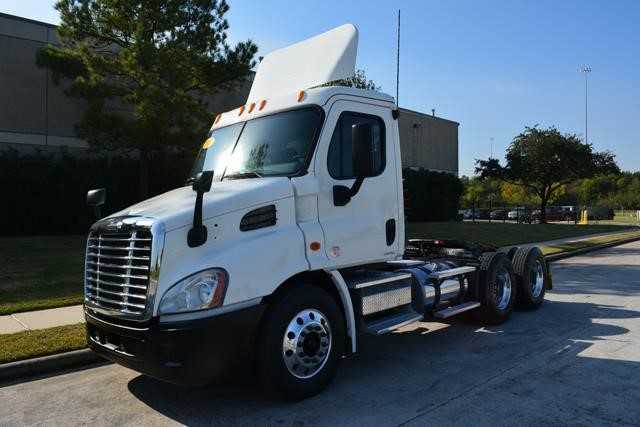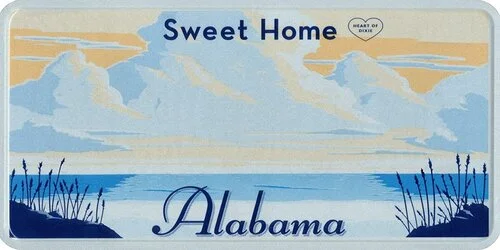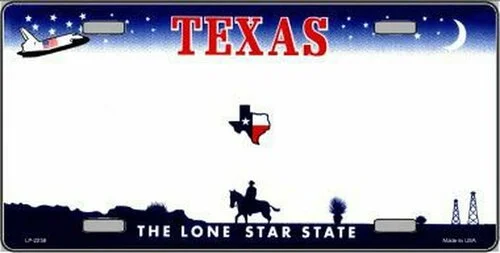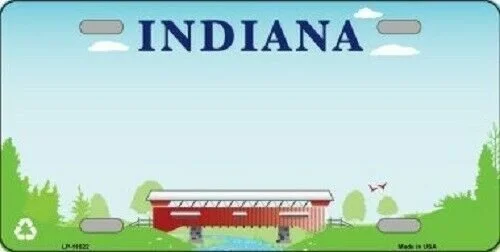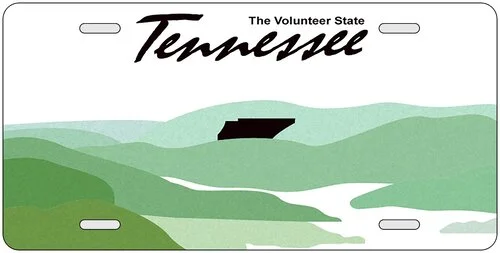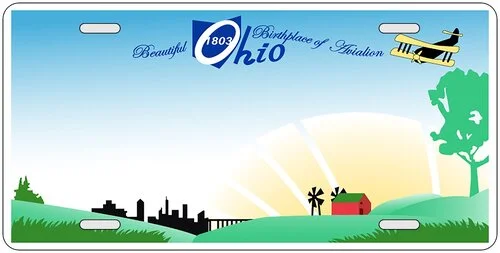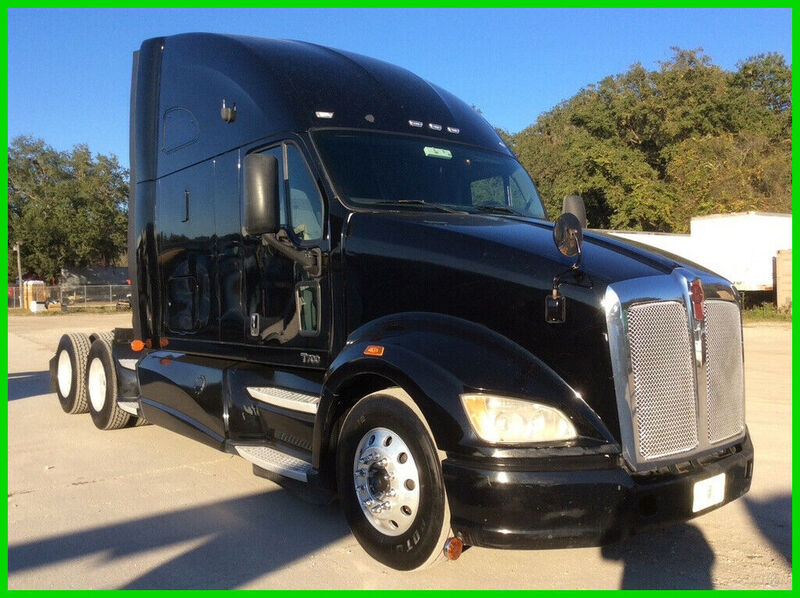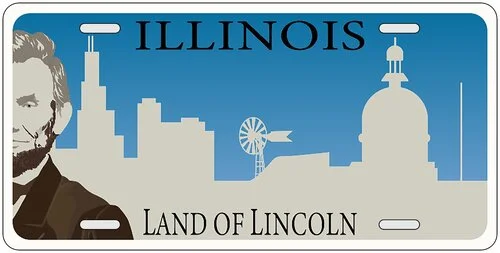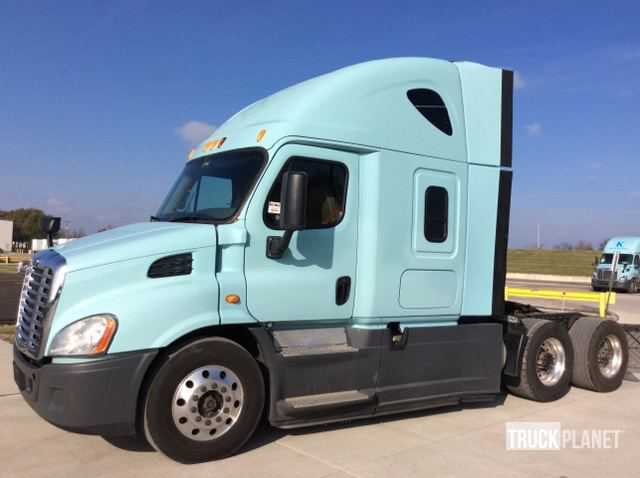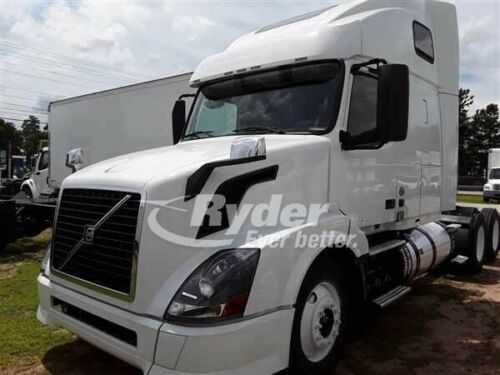 Citroen
Citroen
Explore all available Citroen models.
CITROEN Brand History
Although punk was still far from emerging in the 19th century, Andre Citroen would have probably liked it. The founder of the famous avant-garde French car workshops shared a lot of the attitude that the punk-wave brought forward much later: he was a revolutionary. As US-based punk group Antiflag raised 'A New Kind of Army' with the release of one of their discs, so did Citroen within the automotive industry.
Born in 1878, Andre Citroen was the son of a wealthy diamond Dutch merchant. Upon completing his high-school years, young Andre had already become charmed by technology, a passion that he had first felt at the age of 10 when he discovered the writings of Jules Verne. At the age of 20, he enrolled at the Polytechnical school in Paris, having fully embraced the idea of becoming an engineer.
The years of study paid off and, after having worked for a time with the car company 'Mors', he moved forward to establishing his own company. 'Andre Citroen&Cie' was founded in 1905. Andre was only 27 at the time.
By 1913 the company had changed its name into 'Societe des Engrenages Citroen' (Citroen Cog Factory). The same year the visionary engineer founded another company mainly focused on developing carburetors based on a patent he had earlier obtained. Fascinated by the working methods of Henry Hord, he paid a visit to his assembly lines in the US, where he carefully analyzed the logical steps that had been taken in organizing such a working place.
Having seen the process and being fueled by his own desire of making cars, Citroen would deliver his first automobile in 1919, shortly after the end of World War I. Having shared a fate similar to other car builders, Citroen had to covert its assembly lines to cate for the need of arms and ammunition during wartime. It was during this period that he started thinking about the things that he would do after the war will have been over.
The first car produced by his factory was simply named Type A, a vehicle powered by a 4-cylinder 1326 cc engine that could propel the car to a speed of 40.4 mph (65 km/h). The main advantage of the model A was its versatility as, except its chassis and engine, everything was custom made or could be chosen directly from the factory out of a wide range of options, including body types and spare wheels.
Another great thing about the model A was its affordable price. These two juxtaposed traits led to an overall positive reception of the vehicle. In only 6 months after its release the Type A sold 2,500 units. By next year, 1920, Citroen had already produced almost 10 times more cars.
1920 brought along a series of technological improvements, many of which would later become labels of the Citroen marque. Having paid interest to the area of road-building vehicles and military equipment, Citroen experimented with the half-tracks which he called 'Autochenilles'.
By 1921 Citroen had gained enough popularity to become an element of the Parisian lifestyle. The first Citroen Taxis appear, followed by the release of a newer car model, the Type C, a lighter more compact but less powerful vehicle than its predecessor, the type A. This particular vehicle was also available in a three seater version called 'Le Trefle' (Clover Leaf) which garnered a lot of acclaim.
More advanced models would be introduced years later, such as as the B12 in 1925 and the B14 in 1927. Right before the beginning of the 30's, Citroen would introduce the C4 and the C6, the latter having been an important achievement for the French constructor as it was both his first 6-cylinder car and the first to reach 62 mph.
Unlike tis competitors at the time, Citroen made use of vast advertising campaigns as well as elaborate and lengthy publicity crusades. Airplanes could be seen scribbling the name Citroen over Paris in 1922nd three years later citizens could read the same message on the Eiffel Tower, written in light. To get an idea of Citroen's costly methods and almost Texan-like think-big style, 200,000 light bulbs and miles of wiring were necessary to 'Citroenize' le Tour d'Eiffel.
His crusades to popularize the advantages of motorized vehicles are not less popular. Citroen crossed the Sahara desert for the first time in a 1922-1923 motorized expedition, covered the distance from Algeria to the southern tip of the African continent, the Cape of Good Hope via Kenya in the 1924-25 'Black Journey' and drove from Beirut to Beijing in a second endeavor labeled as the 'Yellow Journey' that took one year to complete as well (1931-32).
Soon after Citroen's triumphant exploits, the first major technological improvements would arrive: the “Floating Power” engine that eliminated vibrations by using a rubber bolt securing method previously patented by Chrysler. World Record domination stages would soon arrive as well, Citroen having broke an amazing 106 records with their cute-named Rosalie 8 model that covered 300,000 km in 134 days. Thus, the cars' reliability was brought forth once more.
However, just like Nelly Furtado predicted, good things eventually came to an end. The Great Depression dropped over the company like a tidal wave of financial trouble. Luckily, a Michelin lifeguard was around and saved Citroen from drowning.
After performing CPR on Citroen, Michelin took the company under tutelage. Citroen developed further and by the mid 30's, it would unveil their greatest innovation the public: the frond wheel-drive or 'Traction Avant'. Although Citroen was not the first one to develop the system, it did boast the first FWD car to enter mass production, the Type 7.
Later on, the 22CV and the 11CV would be born. Popularity of the new traction system would exceed any expected limits heralding god times for the company. The last famous Traction model, an 11CV Familiale rolled out the factory gates in mid-summer 1957. The 60's marked the end of the old age of Citroen and launch of a modern epoch of engineering achievements, such as the introduction of the hydro-pneumatic suspension.
Although known for their reliability, Citroen cars failed to meet the design tendencies at some point , conservatism that lead to a drastic decrease in sales. However, the effect was countered later at the beginning of the 90's when Citroen models took rounder and smoother shapes. New models and reinvention of older ones have assured the company's success so far and the brand is still regarded to be a purveyor of fine vehicles for over 75 years.
Reviews
Question & Answer
In this section, you can ask a question and receive detailed responses from the company or other users.



